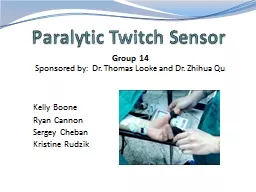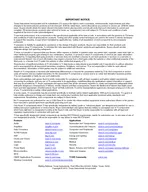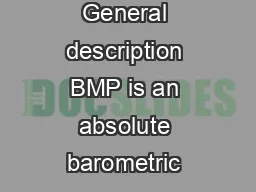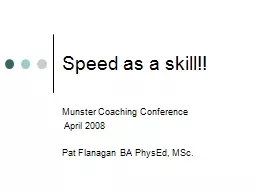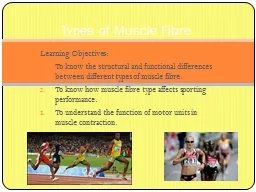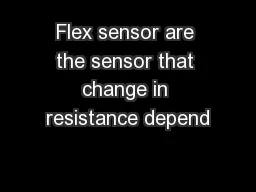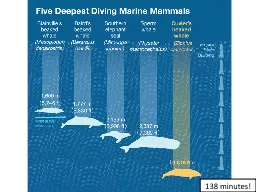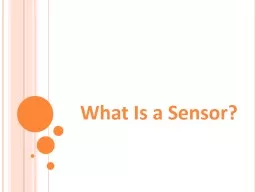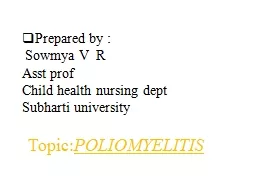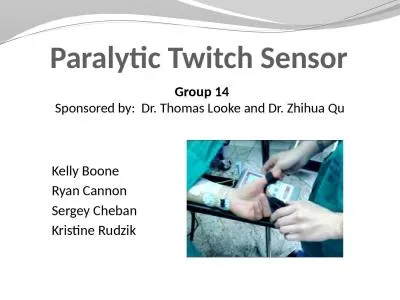PPT-Paralytic Twitch Sensor
Author : sherrill-nordquist | Published Date : 2016-08-01
Group 14 Kelly Boone Ryan Cannon Sergey Cheban Kristine Rudzik Sponsored by Dr Thomas Looke and Dr Zhihua Qu Motivation Techniques for evaluating levels
Presentation Embed Code
Download Presentation
Download Presentation The PPT/PDF document "Paralytic Twitch Sensor" is the property of its rightful owner. Permission is granted to download and print the materials on this website for personal, non-commercial use only, and to display it on your personal computer provided you do not modify the materials and that you retain all copyright notices contained in the materials. By downloading content from our website, you accept the terms of this agreement.
Paralytic Twitch Sensor: Transcript
Download Rules Of Document
"Paralytic Twitch Sensor"The content belongs to its owner. You may download and print it for personal use, without modification, and keep all copyright notices. By downloading, you agree to these terms.
Related Documents

